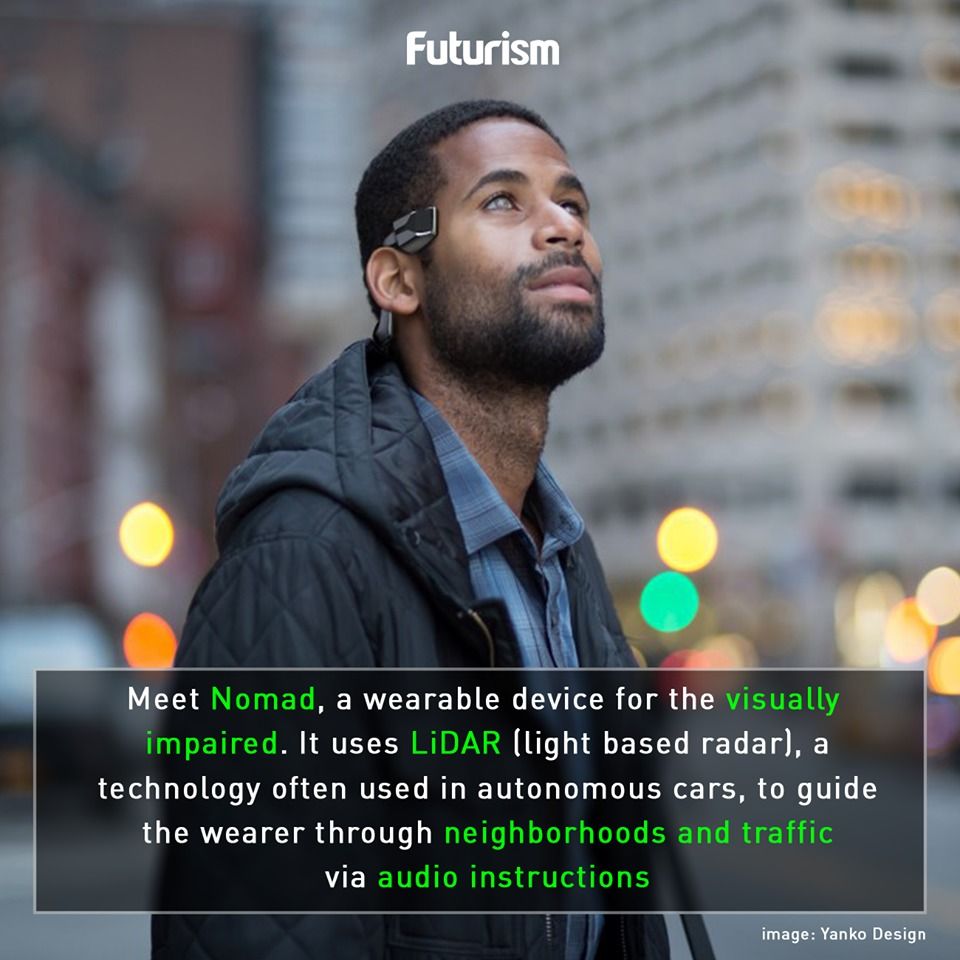Who needs a Tesla when you can build your own automated copilot using free hardware designs and software available online?



Technology can be a catalyst for the creation or destruction of jobs, but historically, it has always ultimately created more opportunities for employment, not less. That’s not stopping many from speaking out against Amazon Go for its potential to increase unemployment, though.
According to Ford, however, the implementation of automation technology is inevitable because it has obvious advantages for both consumers and retailers. “I don’t think we can stop it,” he says. “It’s a part of capitalism, that there’s going to be this continuous drive for more efficiency.”
While many have been focusing on manufacturing and transportation as the industries that will be hardest hit by automation, Amazon Go is an example of how tech that exists right now could replace retail salespersons and cashiers, jobs that had the highest employment numbers in the U.S. in May 2015 according to the Bureau of Labor statistics.

Ford is investing $1 billion in a secretive artificial intelligence startup headed by former Google and Uber execs to advance its self-driving car efforts.
The startup, Argo AI, was founded by Bryan Salesky, the former director of hardware for Google’s self-driving-car efforts, and Peter Rander, Uber’s engineering lead at its autonomous cars center.
The $1 billion investment will be spread out over five years as Ford looks to commercialize its self-driving technology by 2021.

My niece shared this with me; and the 1st thing of course that came to mind was VR/ AR funerals/ ceremonials as so many including myself cannot always be there doesn’t mean we could not engage/ participate in an event like a funneral or wedding. Maybe marriage via VR is a business just like a funeral via VR could be.
MEMPHIS, Tenn. (localmemphis.com) — A funeral home off Lamar Avenue is offering a different service from its competitors. You can drive up, say your final goodbyes to your loved ones, and you don’t even have to get out the car.
Ryan Bernard, owner of R. Bernard funeral home, says he got the idea from a funeral home in California. His main goal is to make it more convenient for families who are already dealing with losing a loved one.
Bernard wants his funeral home to stand out from the rest, so his family business is offering drive-thru services.
A backyard engineer built an exoskeleton that helps him lift a truck.
Like this? Follow Vocativ Video.


